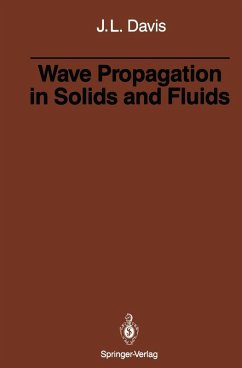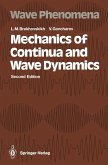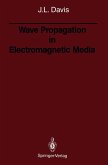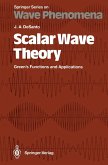The purpose of this volume is to present a clear and systematic account of the mathematical methods of wave phenomena in solids, gases, and water that will be readily accessible to physicists and engineers. The emphasis is on developing the necessary mathematical techniques, and on showing how these mathematical concepts can be effective in unifying the physics of wave propagation in a variety of physical settings: sound and shock waves in gases, water waves, and stress waves in solids. Nonlinear effects and asymptotic phenomena will be discussed. Wave propagation in continuous media (solid, liquid, or gas) has as its foundation the three basic conservation laws of physics: conservation of mass, momentum, and energy, which will be described in various sections of the book in their proper physical setting. These conservation laws are expressed either in the Lagrangian or the Eulerian representation depending on whether the boundaries are relatively fixed or moving. In any case, these laws of physics allow us to derive the "field equations" which are expressed as systems of partial differential equations. For wave propagation phenomena these equations are said to be "hyperbolic" and, in general, nonlinear in the sense of being "quasi linear" . We therefore attempt to determine the properties of a system of "quasi linear hyperbolic" partial differential equations which will allow us to calculate the displacement, velocity fields, etc.
Dieser Download kann aus rechtlichen Gründen nur mit Rechnungsadresse in A, B, BG, CY, CZ, D, DK, EW, E, FIN, F, GR, HR, H, IRL, I, LT, L, LR, M, NL, PL, P, R, S, SLO, SK ausgeliefert werden.









